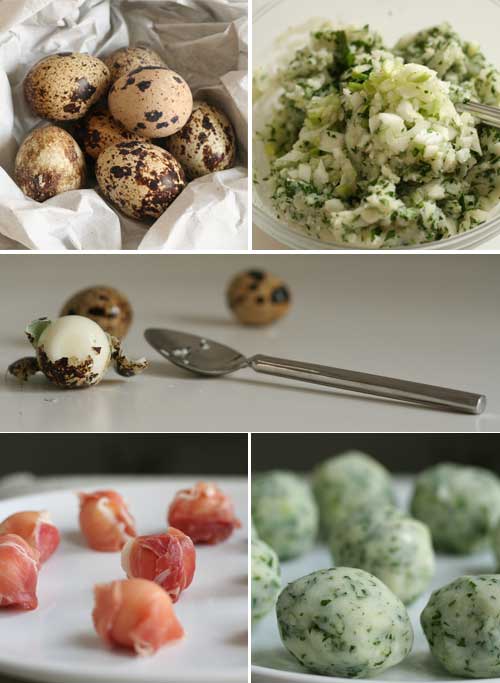I would be useless as a dog trainer - I cannot even get my blog to behave! To show you what I mean, let’s eavesdrop on a typical scene from Alchemy in the Kitchen...
Me: Hey, blog. What are we going to cook today?
Alchemy: [Excitedly] How about strawberry jam?
Me: No! I know the weather is weirdly wonderful for this time of the year but it ain’t strawberry season quite yet. We’re making stuffed baked onions today.
Alchemy: Whinge. Sulk. Blank page.
Me: [softening a little] Alright then, how about a nice pancake cannelloni? (see, trying to bargain – a fatal mistake for a blog trainer to make!)
Alchemy: Silence. Absence of fingers tapping over keys. Tumble weed.
Me: Strawberry jam, eh? [voice-over of me thinking to self: Maybe this blog has a point. The last twelve months have been relatively jam-free because the jam-maker extraordinaire in my life, my mother, has had to cope with first a fire, then less than a year later, an even more damaging flood when the miniscule stream behind her house rose by a terrifying 12 feet in the space of a few hours in Dublin’s first ‘Monster Rain’. Jam has been the last thing on my mother’s mind. (Although with all the silt the flood left behind, it’s going to be a fantastic year for the fruit trees, Mam... Mam?)
Ok, maybe you have a point, blog. Let’s pop down to the shops. If they have some decent berries, you can have your way. Just this once, mind!
The End
So, you can see it would be useless to send me your dog for training.
Anyway... while I absolutely love homemade jam, I don’t eat vast quantities of it and don’t have ideal storage for it. Therefore unless I am making it as gifts, I make only a little at a time.
For approximately 350g (1 small jar) of delicious strawberry and ginger jam you will need:
350g fresh strawberries, rinsed, dried and chopped into bite-sized pieces
200g caster sugar
30g fresh ginger, peeled and cut into 3 or 4 large slices
3 tablespoons fresh lemon juice
 |
| Sugar and spice... |
If you don’t have a sugar thermometer, put a saucer or small plate in the fridge before you start – you’ll need this to test that the jam has set.
You will also need a sterilised jam jar – To sterilise jars, I run mine through the dishwasher but you could wash them and pop them in the oven at 100°C for a few minutes.
1 Place the strawberries and ginger in a glass bowl and add the sugar. Cover and leave overnight. The sugar will draw the juice out of the berries. The following day, transfer to a large saucepan (you need plenty of room for the jam to bubble). Heat gently until all the sugar is dissolved, stirring occasionally with a wooden spoon. When the sugar has dissolved, add the lemon juice, then turn up the heat. Pop the sugar thermometer into the pot. Allow to bubble until the temperature comes up to ‘Jam’ (106°C or 222°F). Be sure to take a moment to enjoy the heavenly scent rising from the saucepan. If you don’t have a sugar thermometer, simply keep the jam bubbling for 8 minutes, then test it the old-fashioned way by spooning a little onto the cold saucer you placed in the fridge. Leave it a moment or two to cool, then push your finger through the jam. If the surface wrinkles, the jam will set. If not, continue letting the jam bubble for a minute or so more, then test again.
2 Remove the jam from the heat and fish out the pieces of ginger. Leave the jam to cool for about 15 minutes before transferring to the sterilised jar. This is because if you pour the jam into a jar while it is still very hot, all the fruit rises to the top of the jar. If you leave it to cool a little first, the fruit will distribute itself evenly.
I think this batch has Victoria Sponge written all over it. What say you?
Pin It











